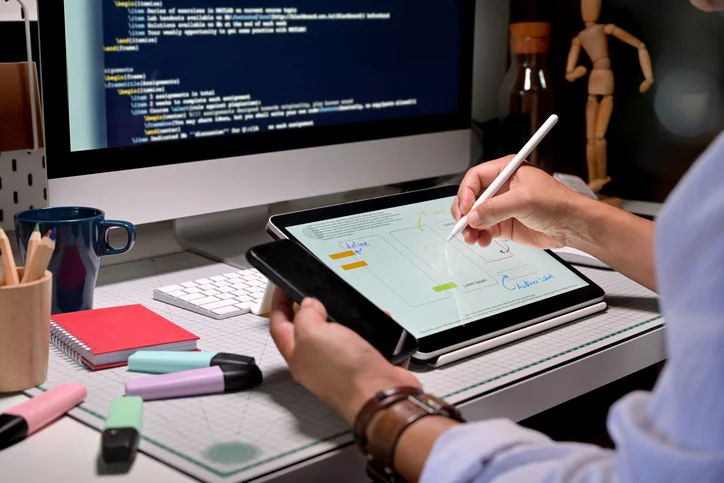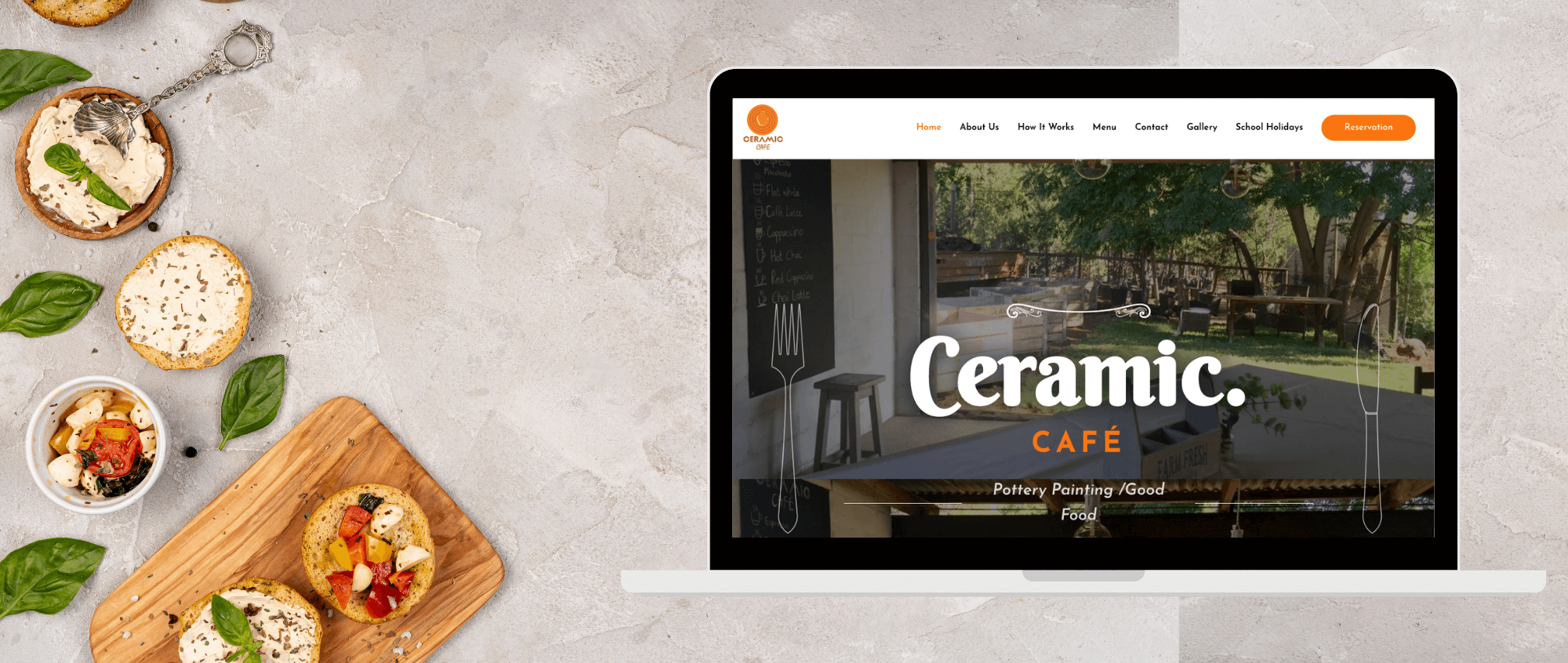In today's fast-paced real estate market, property management software (PMS) has become a crucial tool for landlords, property managers, and real estate agents. It streamlines various tasks such as tenant management, lease tracking, maintenance requests, and accounting. Developing an effective property management software solution involves careful planning, a solid understanding of the industry, and the right technological expertise. Here’s a step-by-step guide on how to develop property management software.

Define Your Objectives
Before diving into development, it’s essential to outline the goals and objectives of your property management software. Ask yourself:
Understand Your Project Requirements
Before starting the hiring process, it's essential to have a clear understanding of your project requirements. Determine the following:
- What specific problems will the software solve?
- Who is your target audience (landlords, property managers, tenants, etc.)?
- What features are essential for your target users?
- What are your budget and timeline constraints?
Conduct Market Research
Understanding the competitive landscape is crucial. Conduct thorough market research to identify:
- Existing property management software solutions
- Their strengths and weaknesses
- Market gaps and opportunities
- User feedback and reviews
This information will help you design a product that stands out and meets the needs of your users.


Identify Key Features
Based on your objectives and market research, list down the essential features your property management software should have. Common features include:
- Tenant Management: Track tenant information, lease agreements, and communication.
- Property Listing Management: Manage property details, availability, and advertising.
- Lease Management: Automate lease creation, renewals, and terminations.
- Maintenance Management: Handle maintenance requests, work orders, and contractor assignments.
- Accounting and Finance: Manage rent payments, expenses, and generate financial reports.
- Reporting and Analytics: Provide insights on occupancy rates, rental income, and more.
- Mobile Access: Ensure the software is accessible via mobile devices for on-the-go management.
Choose the Right Technology Stack
Selecting the appropriate technology stack is crucial for the performance and scalability of your software. Consider:
- Frontend: React, Angular, or Vue.js for a responsive and dynamic user interface.
- Backend: Node.js, Django, or Ruby on Rails for robust server-side logic.
- Database: MySQL, PostgreSQL, or MongoDB for reliable data storage.
- Cloud Services: AWS, Google Cloud, or Azure for hosting and scalability.
- Payment Integration: Stripe or PayPal for secure online payments.


Design the User Interface (UI) and User Experience (UX)
A user-friendly design is crucial for the success of your software. Focus on:
- Intuitive Navigation: Ensure users can easily find and access features.
- Clean Layout: Keep the interface uncluttered and visually appealing.
- Responsive Design: Make sure the software works well on different devices and screen sizes.
- User Feedback: Incorporate feedback mechanisms to continuously improve the UI/UX.
Develop the Software
Start the development process with a clear roadmap. Follow an agile development methodology to ensure flexibility and continuous improvement. Key stages include:
- Planning and Requirement Analysis: Finalize the requirements and create detailed project plans.
- Design and Prototyping: Create wireframes and prototypes to visualize the end product.
- Development: Write code for the frontend and backend, integrate the database, and develop APIs.
- Testing: Conduct thorough testing, including unit testing, integration testing, and user acceptance testing.
- Deployment: Deploy the software on your chosen cloud platform and ensure it is accessible to users.
Ensure Security and Compliance
Property management software deals with sensitive data, so it’s crucial to prioritize security and compliance. Implement:
- Data Encryption: Protect data in transit and at rest.
- Access Controls: Ensure only authorized users can access sensitive information.
- Regular Updates: Keep the software updated to protect against vulnerabilities.
- Compliance: Adhere to relevant data protection regulations (e.g., GDPR, CCPA).
Launch and Marketing
Once your software is ready, plan a strategic launch. Consider:
- Beta Testing: Launch a beta version to gather feedback and make necessary adjustments.
- Marketing Campaign: Use digital marketing, content marketing, and social media to promote your software.
- User Training and Support: Provide comprehensive training materials and responsive customer support.
Gather Feedback and Iterate
After launch, continuously gather user feedback to identify areas for improvement. Use this feedback to:
- Enhance Features: Add new features or improve existing ones based on user needs.
- Fix Bugs: Address any issues or bugs promptly.
- Optimize Performance: Ensure the software runs smoothly and efficiently.


